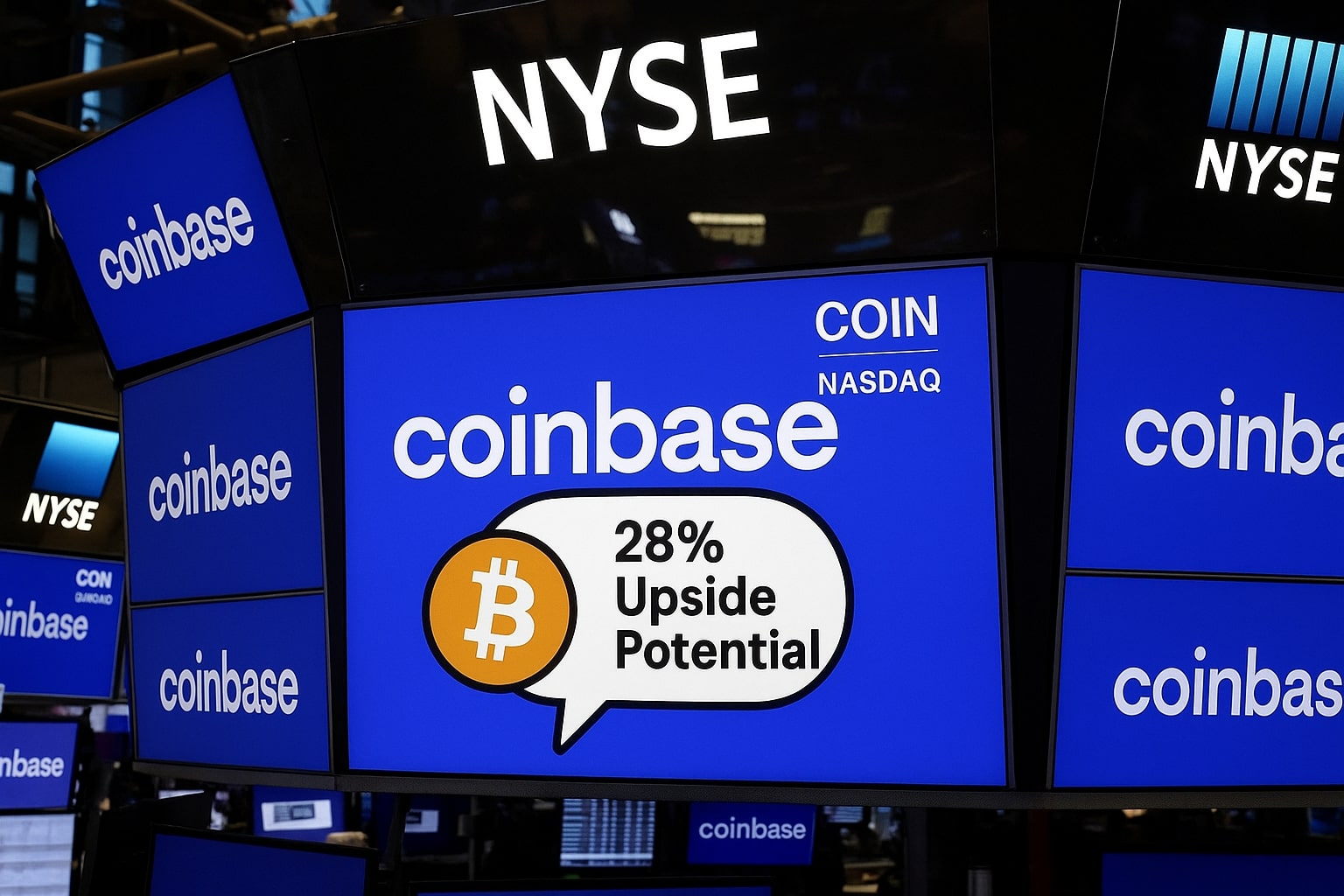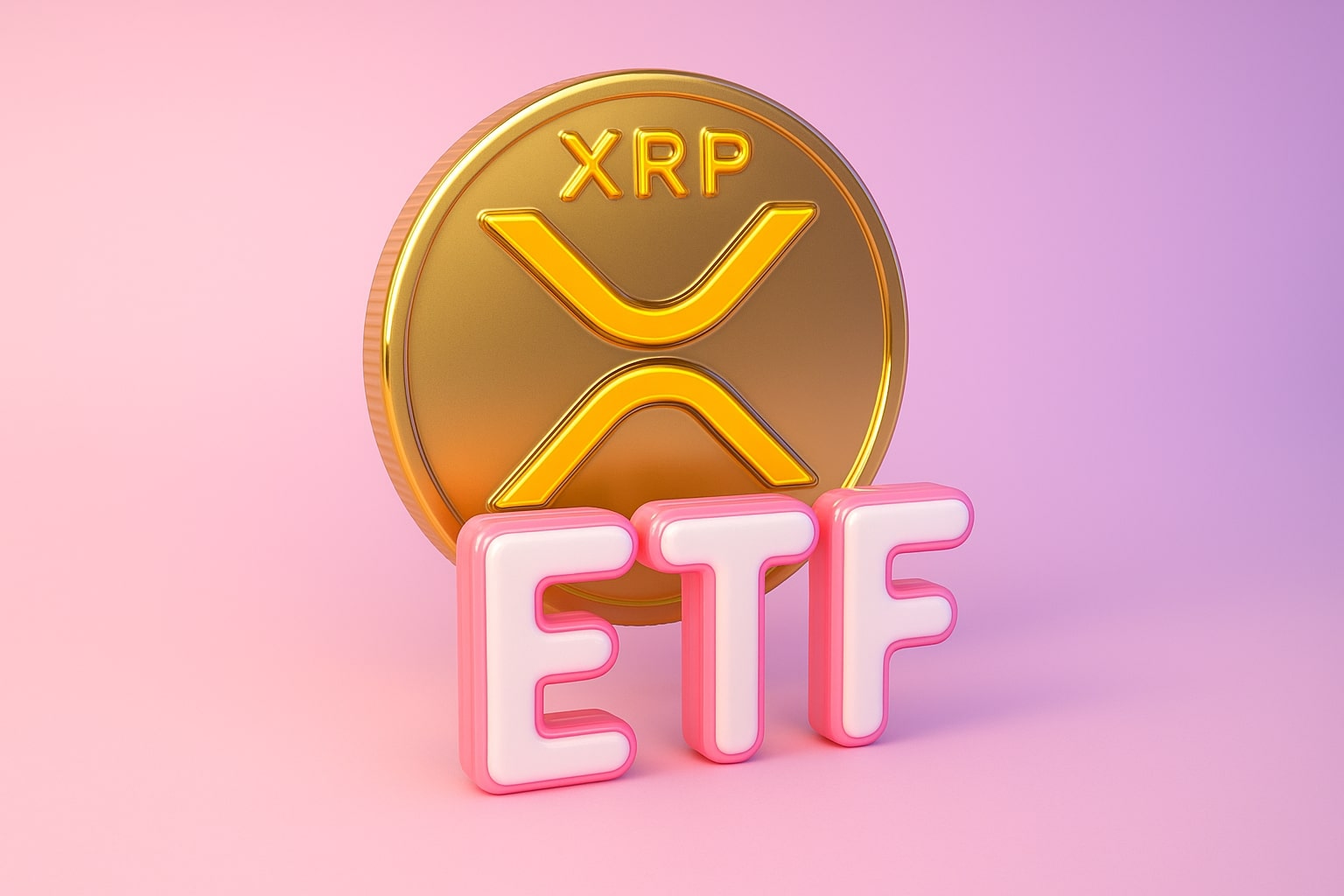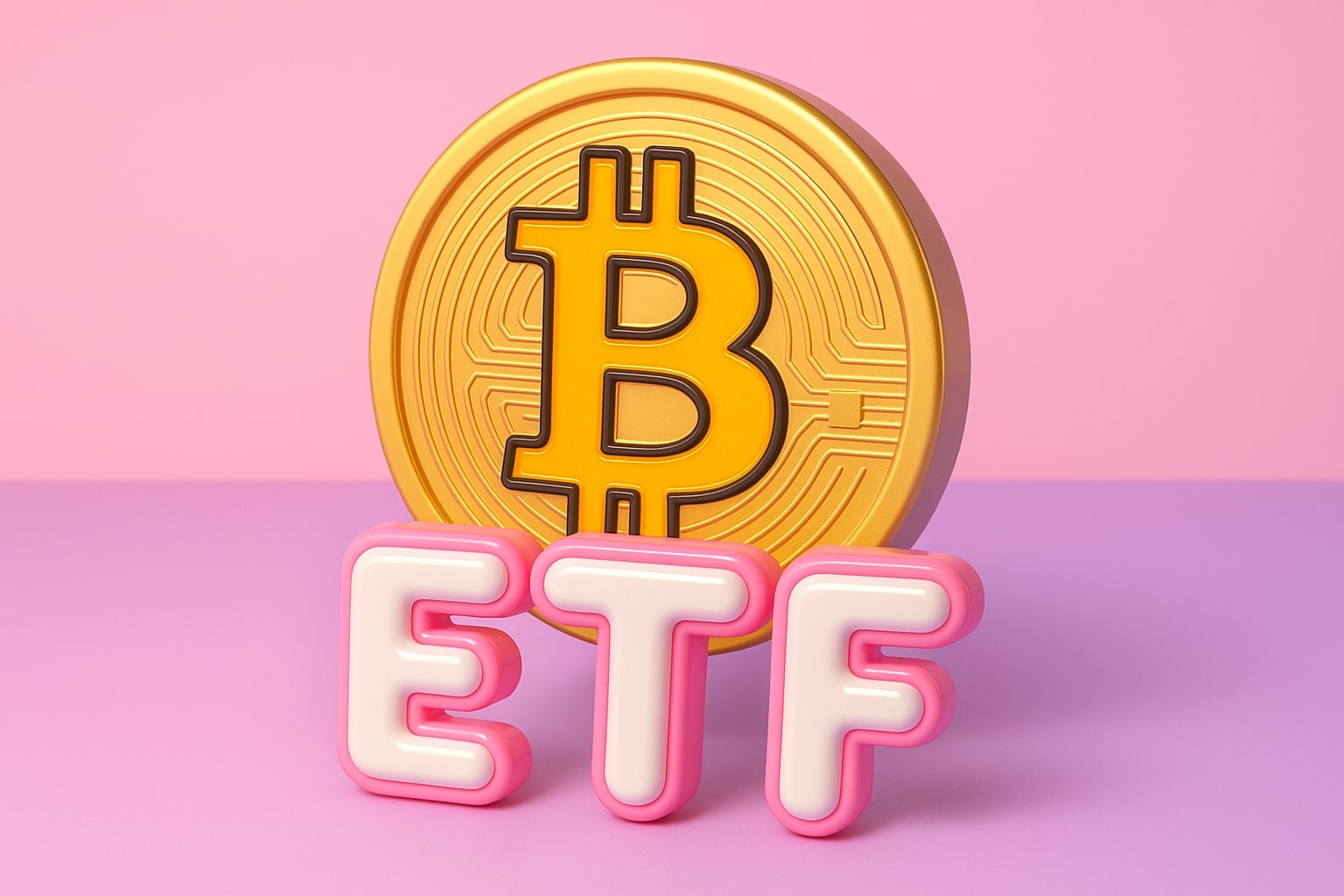
Coinbase (NASDAQ:COIN) Targets $394 as Stablecoin Revenue and Regulatory Wins Drive 28% Upside
With COIN trading near $330, analysts see a 28% rally to $394.4 driven by USDC income, EU expansion, and Base scaling | That's TradingNEWS
NASDAQ:COIN Surges as GENIUS Act, USDC Revenue, and Global Expansion Converge
Coinbase Revenue Growth Surpasses Expectations as Market Broadens
Coinbase (NASDAQ:COIN) has dramatically outpaced sector benchmarks, with its stock rising from $198 in August 2024 to over $330 — a staggering 70% gain compared to the S&P 500’s 9.2% during the same period. The company reported $2 billion in fourth-quarter revenue, reflecting a 40.3% YoY increase and driven by a rebound in retail trading and a surge in institutional volume. Consumer trading reached $78 billion, up 39%, while institutional trading hit $315 billion, rising 23%. These are not just crypto-dependent swings — they signal broadening engagement from both ends of the market.
What anchors this surge is the transformation of Coinbase’s revenue mix. Subscription and services income grew to $698 million, up 36.6% YoY. Crucially, USDC-linked yield revenue spiked 51%, underscoring Coinbase’s growing reliance on predictable, recurring earnings. With 9.7 million monthly transacting users — up 21% — and increased stickiness across its platform, Coinbase is evolving from a trading venue into a fintech platform with sustainable revenue pillars.
Stablecoin Engine Strengthens With Circle Alignment and GENIUS Act Clarity
Coinbase’s tight partnership with Circle Internet Financial has become a cornerstone of its competitive advantage. Holding a 3.7% stake in Circle and earning both on-platform and off-platform interest on USDC reserves, Coinbase sits at the center of the dollar-backed stablecoin ecosystem. On-platform, it captures 100% of reserve yield; off-platform, it retains 50%. At scale, this could translate into billions in low-risk, high-margin income.
The GENIUS Act, passed in the U.S. Senate by a wide 68–30 margin, adds a structural tailwind. It provides legal certainty for fiat-backed stablecoins, mandates monthly audits, establishes KYC/AML standards, and excludes them from securities classification. For Coinbase, this unlocks significant institutional demand, de-risks compliance concerns, and affirms its position as a regulatory-first platform.
The shift to stablecoins isn’t hypothetical. USDC is already being integrated by Shopify, Apple Pay, and Amazon’s blockchain pilots. JPMorgan’s JPMD stablecoin, now on Coinbase’s Base L2 network, and experiments by Santander and Deutsche Bank, signal that Coinbase is becoming the default backbone for mainstream digital finance.
Premium Valuation Supported by Transformational Earning Power
Coinbase’s valuation may seem steep — a forward P/E of 44.13 and EV/Sales of 8.22, reflecting a 325% and 173% premium to sector medians. But this premium is backed by extraordinary topline growth (76% YoY) and long-term earnings power. With stablecoin custody projected to scale to $712 billion under full institutional rollout, even a modest 1% interest spread translates to $7 billion in annual net income. Applying a conservative 10x multiple yields $70 billion in potential additional market cap — an 81% upside from current prices.
The company’s $1 billion buyback program adds further support. By reducing float and offsetting equity dilution, it reinforces confidence and introduces downside protection in a volatile sector.
Base, Tokenization, and Crypto Derivatives Signal Broader Platform Pivot
Coinbase is rapidly outgrowing its origins as a crypto exchange. The Base Layer 2 network, built on Ethereum, is now a dominant force in low-cost, scalable blockchain infrastructure. With over $8 billion in TVL (Total Value Locked) and growing integration from enterprise clients, Base is turning into a high-margin SaaS-like business model for blockchain.
The acquisition of Deribit, the world’s top crypto options exchange by volume, gives Coinbase exposure to the most liquid crypto derivatives market and non-U.S. customers, further hedging regulatory risk. Meanwhile, the company is advancing tokenized equity projects internally, with prototypes showing full-stack capability for converting listed stocks into blockchain-native instruments. This offers Coinbase the opportunity to disrupt traditional equity markets and expand into trillion-dollar asset classes.
European Expansion Secured with MiCA Passporting Rights
Coinbase’s regulatory approval under Europe’s Markets in Crypto-Assets (MiCA) framework unlocks passporting rights across all 27 EU member states. Prior to this, Coinbase’s European operations were restricted to Germany and Spain. With MiCA, the company can now consolidate compliance under a single license, optimize cost, and rapidly scale across key financial hubs like Paris, Zurich, and Amsterdam.
This European footprint provides a strategic counterweight to U.S. policy risk, enabling Coinbase to build a diversified geographic revenue base. It also supports the GENIUS Act’s impact domestically, giving the firm first-mover status in both U.S. and EU-regulated markets — a dual-front regulatory moat unmatched by any competitor.
Margin Compression Offset by Operational Efficiency Gains
Despite gross margin slipping to 36.1% from 41.3% due to increased transaction processing and G&A expenses (+39.4% and +40%, respectively), Coinbase is clearly scaling efficiently. Sales and marketing spend rose 150% YoY as the company ramped growth, yet total operating expenses as a percentage of revenue fell from 134.5% to 50.9%. That’s a staggering operational turnaround.
Tech and development spending held flat YoY, indicating disciplined innovation. The result: positive operating leverage, positioning Coinbase to defend margins even in flat-to-down crypto markets. Management expects further improvement through 2026, supported by automation and onboarding efficiencies in its Base infrastructure.
Competitive Threats Balanced by Compliance Advantage
Coinbase faces tough competition from Binance (38% market share), Gate.io, and Robinhood (NASDAQ:HOOD). Binance lists 350+ coins at 0.1% trading fees, compared to Coinbase’s 240 listings with up to 1.2% fees. But Coinbase is the only public U.S.-based exchange with full AML/KYC and regulatory clarity — a critical advantage for institutions.
While speculative altcoin cycles and a possible broad crypto correction remain headwinds, Coinbase’s model is increasingly insulated. Its growing base of recurring stablecoin income, subscription services, and infrastructure fees offers counter-cyclical revenue strength, especially as volatility declines.
Final Verdict: NASDAQ:COIN Earns a Strong Buy Rating
Coinbase is not merely riding the crypto cycle. With regulatory clarity in the U.S. and EU, explosive USDC-based revenue, a growing infrastructure moat through Base and tokenization, and a tightening grip on institutional flows, NASDAQ:COIN is rapidly becoming the backbone of compliant digital finance.
Our model assigns a 28% upside from current levels, targeting $394.4 per share, with an 86.4% probability of outperformance over the next 12 months. The company's convergence of infrastructure, compliance, and cash flow scale supports a strong buy for investors seeking growth in a post-crypto-hype reality.
That's TradingNEWS
Read More
-
VIG ETF Hits $220.60 as Dividend Growth and $116.6B AUM Signal Renewed Upside
09.12.2025 · TradingNEWS ArchiveStocks
-
XRP ETFs Cross $1.2B AUM as XRPI at $12.34 and XRPR $17.31 Signal Accelerating Institutional Demand
09.12.2025 · TradingNEWS ArchiveCrypto
-
Natural Gas Prices Slide to $4.60 (NG=F) After Two-Day 13% Drop — EIA Still Sees $5 Average
09.12.2025 · TradingNEWS ArchiveCommodities
-
USD/JPY Price Forecast - Pairs Steadies Near 156.90 as Fed Cut and Yield Gap Shape Path Toward 157.80
09.12.2025 · TradingNEWS ArchiveForex


















